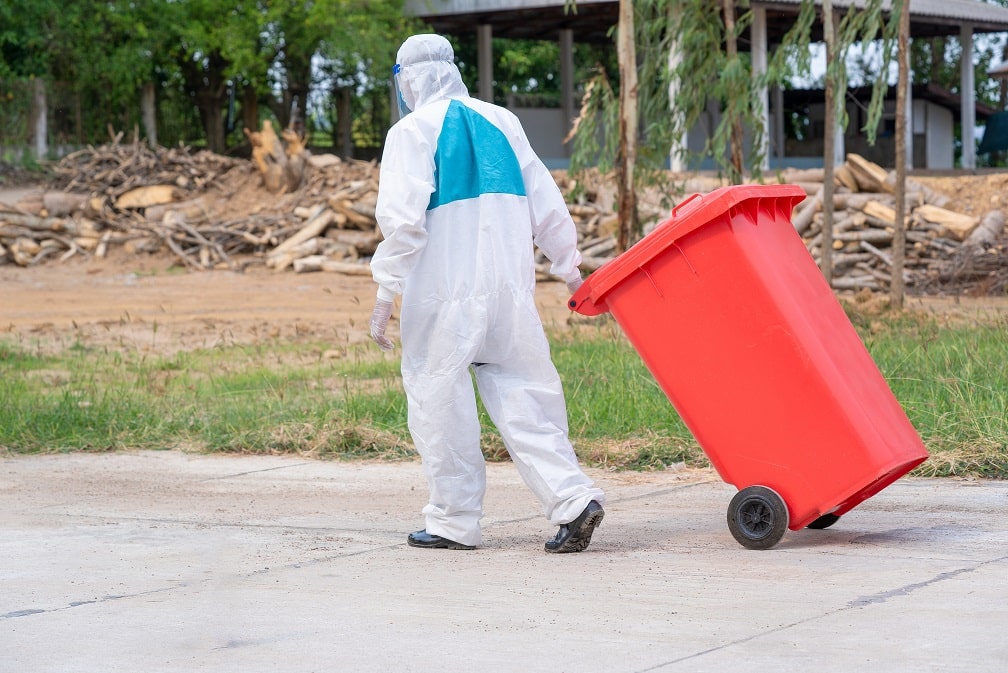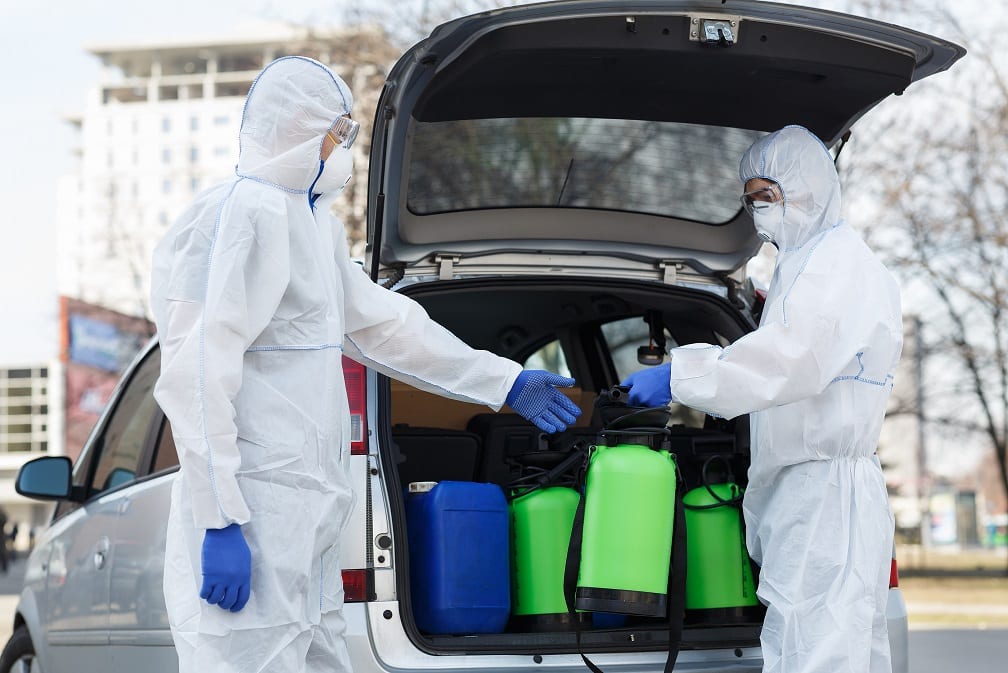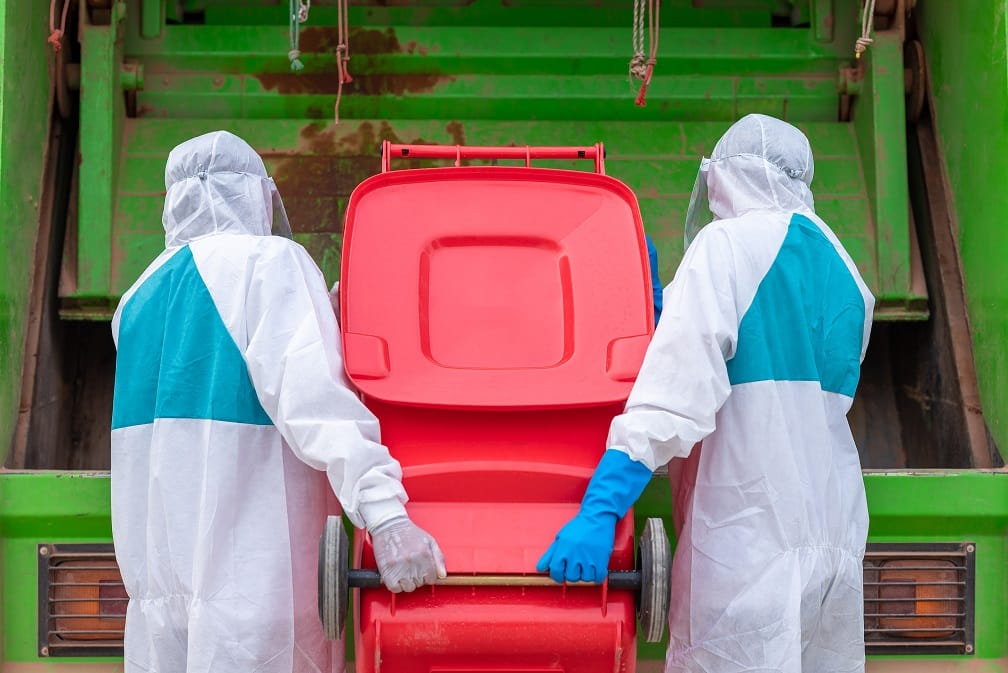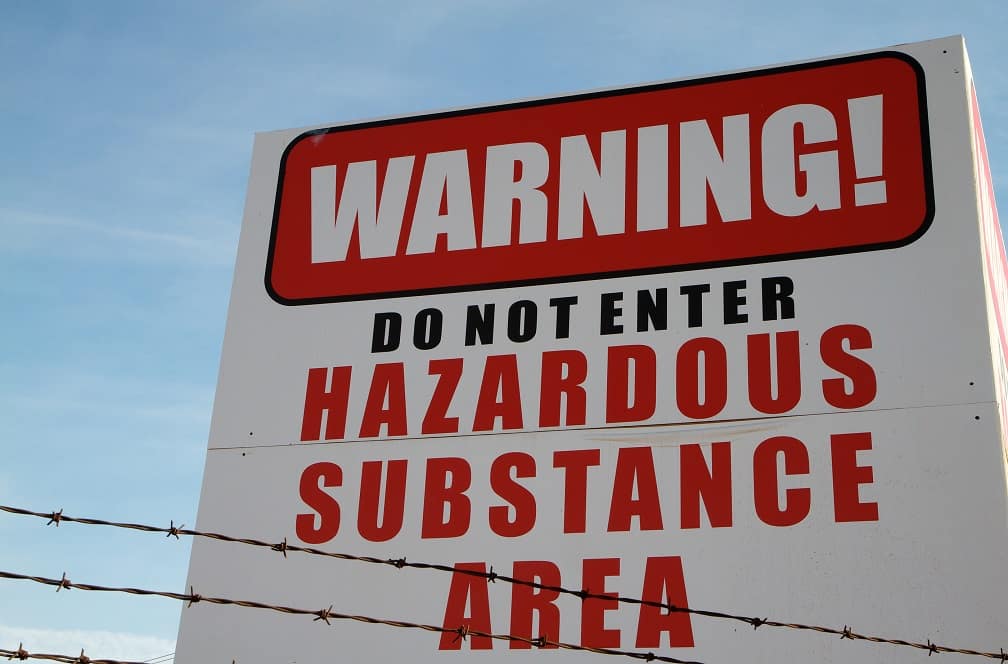Hazardous waste is a material with harmful properties or capable of negatively affecting the environment or human health. It’s generated from many sources that range from household waste, industrial manufacturing processes to products such as batteries. Hazardous waste comes in many forms such as liquids, sludge, and solids gases.
Many industrial and consumer products, including household cleaning disinfectants, fuels, paints, solvents, paints, pesticides, and fertilizers, contain hazardous substances. The improper disposal of such chemicals can result in unexpected or accidental releases of dangerous toxins harmful to the environment and humans.
In the US, fines and penalties usually accompany the improper disposal of hazardous waste. The EPA recently increased the penalties to encourage cooperation and compliance under the Resource Conservation and Recovery Act (RCRA.
In a nutshell, improper disposal of hazardous waste does the following:
- Causes soil, water, and air contamination
- Has a bad impact on human health
- Impacts animals and marine life
- Promotes disease-carrying pests
- Adversely affects the local economy
- Missed recycling opportunities
- Causes extreme climate changes
- Slowly kills the planet.
A Global Challenge
As the rate of urbanization grows and processes become more complex, consumption is also rising. An inevitable consequence of increased consumption is an increase in solid and hazardous waste being generated. The effect of improper hazardous waste disposal on human and natural environments has now become a global challenge. Developed countries like the US are facing serious challenges in terms of safe disposal of such waste.
The sad fact is that the dangers of such improper disposal methods are usually not immediately obvious. Improper disposal can pose a serious threat to human and animal/marine life but also pollute the environment in the long-term.
Hazardous Waste Management in the US
The Resource Conservation and Recovery Act (RCRA) and the Environmental Protection Agency (EPA) are two of the several regulatory agencies responsible for overseeing the compliance standards and regulations applicable to hazardous and medical waste generators.
Also, the federal guidelines and other state guidelines do apply to waste management, especially medical waste. They also apply to the identification and registration of waste generators, waste treatment facilities, transporters/haulers, treatment or containment, or methods for different waste types.
Hazardous Waste Generation
Under the RCRA, the first link in the process of waste management is hazardous waste generators. All generators in the US must determine if the kind of waste they produce is hazardous. They must also oversee the final fate of the waste. They must also confirm and fully document that the waste created is identified properly, managed, and suitably treated before disposal or recycling. The applicable degree of regulation depends on the amount of waste generated.
Hazardous wastes can come in many forms: medical waste, toxic waste, nuclear waste, chemical waste, etc. Often, hazardous wastes must be removed from the point of generation for storage, treatment, or recycling/disposal.
Improper storage or disposal contaminates underground and surface water supplies and can be a source of dangerous pollution. Those living in homes erected near abandoned and old waste disposal sites could be in a particularly vulnerable position.
Household Hazardous Waste
Hazardous wastes (HW) are generally classified based on their physical, biological, and chemical properties. These properties determine whether the generated materials are either reactive, radioactive, toxic, corrosive, ignitable, or infectious.
If used according to the label instructions, most household products are generally not harmful. However, that can change if not used or stored properly or if the unused portions are not disposed of properly. Each year, the EPA estimates that the average US household disposes of at least one pound of hazardous waste.
To avoid the numerous risks typically linked with diverse hazardous household waste (HHW), people must appreciate the importance of constantly monitoring the usage, storage, and disposal of items and products made using potentially hazardous substances within the home. The improper disposal of household hazardous wastes can include pouring such products down the drain, into storm sewers, on the ground, or putting them out along the regular household trash.
Risks to Employees
Fires, spills, explosions, reactions, and toxic chemical exposure are potential risks of HW’s improper handling. All of these pose threats to employees and others in the location. Injuries and even deaths can result from non-compliance with federal and state regulations when managing hazardous waste.
Hazardous wastes should always be stored properly while you wait for an appropriate disposal method. Go for a HW transporter that is licensed, bonded, and insurance to ensure you are protected as much as possible. All these processes are highly risky and should be undertaken by HW experts.
Poses Health Hazard to Humans and Animals
Disposal of medical waste demands special attention because it has the potential for creating major health hazards. Hazardous waste from the hospitals, research centers, and medical laboratories such as discarded bandages, swabs, syringe needles, plasters, and other infectious waste often gets disposed of with the regular waste, intentionally or accidentally.
Hazardous waste contributes to the greenhouse effects and has significant potential harm to wildlife and marine life. Besides, HW’s improper waste disposal can also have negative health effects on humans and wildlife for many years into the future.
It has already caused several severe diseases and even death. When for example, water gets tainted with substances like medical waste, toxic chemicals, and harmful pathogens, its chemical composition is altered making it unhealthy and unfit to use for both humans and animals.
Conclusion
With the amount of hazardous waste generated annually in the US increasing steadily, it’s become more and more challenging for authorities to monitor waste management and disposal. Therefore, it’s now the responsibility of citizens to carry out eco-friendly, safe waste disposal practices, and also encourage others to do the same.
Proper hazardous waste disposal is important not just to your business operations or home but to the environment. Don’t try determining how to dispose of your HW hazardous waste on your own, as that can be disastrous and even incur heavy fines in the US. Also, never put HW into regular rubbish collections, down the toilet/gutters/sink, or burying it in the ground.




